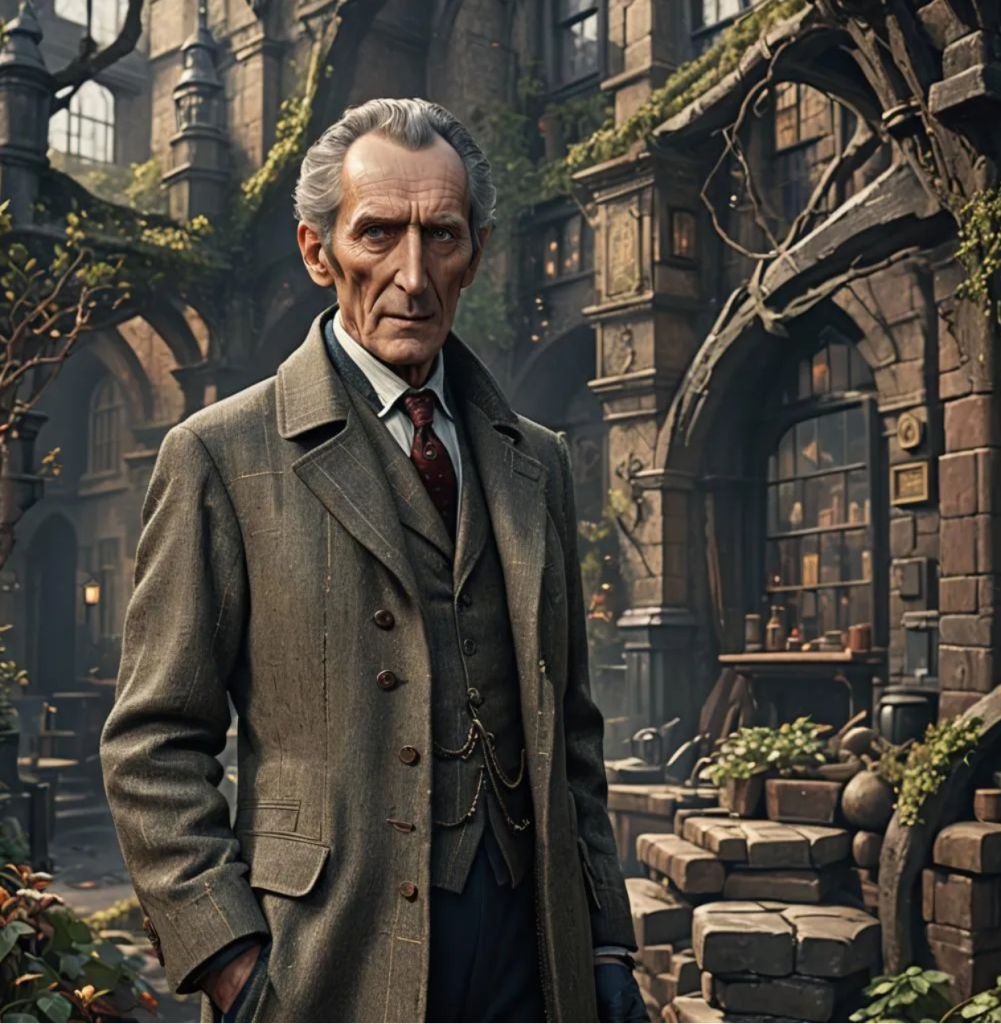Scottish physician and writer Sir Arthur Conan Doyle, was born 22nd May 1859. He is most noted for his stories about the detective Sherlock Holmes, generally considered a milestone in the field of crime fiction, and for the adventures of Professor Challenger. He was a prolific writer whose other works include science fiction stories, plays, romances, poetry, non-fiction and historical novels. He was born at 11 Picardy Place, Edinburgh, Scotland and was sent to the Roman Catholic Jesuit preparatory school Hodder Place, Stonyhurst, at the age of nine (1868-1870). He then went on to Stonyhurst College until 1875. From 1875 to 1876 he was educated at the Jesuit school Stella Matutina in Feldkirch, Austria.From 1876 to 1881 he studied medicine at the University of Edinburgh, including periods working in Aston in Birmingham, Sheffield and Ruyton-XI-Towns in Shropshire . While studying, Conan Doyle began writing short stories. His earliest extant fiction, “The Haunted Grange of Goresthorpe”, was unsuccessfully submitted to Blackwood’s Magazine. His first published piece “The Mystery of Sasassa Valley”, a story set in South Africa, was printed in Chambers’s Edinburgh Journal on 6 September 1879.
Later that month, on 20 September, he also published his first non-fictional article, “Gelsemium as a Poison” in the British Medical Journal. In 1882 he joined a former classmate at a medical practice in Plymouth, however he soon left and set up an independent medical practice in Southsea. While waiting for patients, Conan Doyle again began writing stories and composed his first novels, The Mystery of Cloomber, not published until 1888, and the unfinished Narrative of John Smith, which would go unpublished until 2011. He amassed a portfolio of short stories including “The Captain of the Pole-Star” and “J. Habakuk Jephson’s Statement”, both inspired by Doyle’s time at sea. His first significant piece, A Study in Scarlet, appeared later that year in the Beeton’s Christmas Annual and received good reviews. The story featured the first appearance of Dr Watson and Sherlock Holmes. A sequel to A Study in Scarlet called The Sign of the Four appeared in Lippincott’s Magazine in February 1890.

Following the success of these stories Conan Doyle then went on to write many more Sherlock Holmes short stories including A Scandal in Bohemia, A Case of identity, The Red Headed league, The Boscombe Valley Mystery, The Man wth the Twisted Lip and The Five Orange Pips. In 1890 after studying ophthalmology in Vienna, Conan Doyle moved to London, first living in Montague Place and then in South Norwood. He set up a practice as an ophthalmologist. He wrote in his autobiography that not a single patient crossed his door. This gave him more time for writing, and in November 1891 he wrote to his mother: “I think of slaying Holmes… and winding him up for good and all. He takes my mind from better things.” His mother responded, “You won’t! You can’t! You mustn’t!”In December 1893, in order to dedicate more of his time to what he considered his more important works (his historical novels), Conan Doyle had Holmes and Professor Moriarty apparently plunge to their deaths together down the Reichenbach Falls in the story “The Final Problem”. However the resulting Public outcry, led him to bring the character back in 1901, in The Hound of the Baskervilles, though this was set at a time before the Reichenbach incident.
In 1903, Conan Doyle published his first Holmes short story in ten years, “The Adventure of the Empty House”, in which it was explained that only Moriarty had fallen; but since Holmes had other dangerous enemies—especially Colonel Sebastian Moran—he had arranged to also be perceived as dead. Holmes ultimately was featured in a total of 56 short stories and four Conan Doyle novels, and has since appeared in many novels and stories by other authors. ‘The Final Problem’ was published in 1913 and ‘The Valley of Fear’ was serialised in 1914.
Conan Doyle sadly passed away on 7 July 1930. after having a heart attack at the age of 71. His last words were directed toward his wife: “You are wonderful.” The epitaph on his gravestone in the churchyard reads, in part: “Steel true/Blade straight/Arthur Conan Doyle “Knight/Patriot, Physician, and man of letters”. A statue honours Conan Doyle at Crowborough Cross in Crowborough, where he lived for 23 years and There is also a statue of Sherlock Holmes in Picardy Place, Edinburgh, close to the house where Conan Doyle was born. His Sherlock Holmes stories remain popular today and have also been adapted for screen and television multiple times, with actors such as Basil Rathbone, Peter Cushing, Jeremy Brett and Robert Downey Jnr all portraying Sherlock Holmes.
